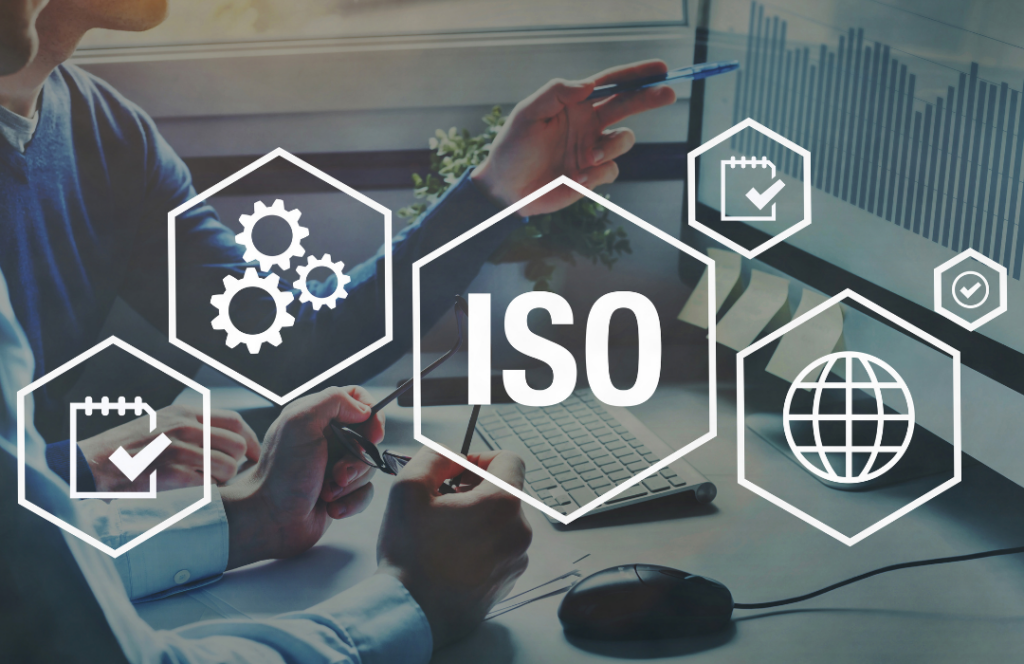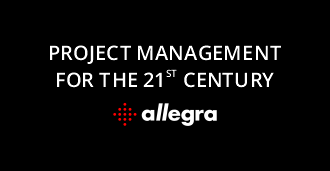What Is Quality Management Software and How It Can Help You
Overview
Quality management software allows businesses to achieve consistent and continuous organizational performance improvements and boost customer satisfaction.
When it comes to quality management (QM), having an efficient tool to streamline processes and ensure compliance with industry standards and regulations is one of the main factors for long-term success.
However, if you want to accelerate the process of bringing high-quality products and services to the market and minimize quality costs and regulatory risks, you need to find the right quality management solution for your company’s needs.
Modern quality management software such as Allegra can be used by companies of all sizes within many industries, including automotive, manufacturing, IT, and medicine, to achieve a customer-centric culture.
To help you better understand how quality management works, we’ve created a short guide that presents the following the main benefits of making quality a top priority, the 7 quality management principles you need to follow, and how comprehensive QM software can help you successfully meet quality requirements.
Why is quality management important?
Quality management represents an organization’s efforts to continuously improve internal practices, products, and services and deliver outstanding customer experiences.
To achieve its business objectives, a company needs to implement a quality management system (QMS) that accurately documents its processes, policies, and responsibilities and drives stakeholder engagement and collaboration. A QMS will ensure that the organization proactively works on improving its effectiveness and efficiency from day one.
Let’s take a quick look at the benefits of having a quality-driven organizational culture.
- Higher-quality products and services: This is the most obvious advantage and, at the same time, the key to remaining competitive in an ever-changing global market. Quality management allows you to keep quality top of mind when managing processes and teams so that you can consistently develop products and services that meet customer and applicable regulatory requirements.
- Improved customer satisfaction: A customer-centered approach is one of the main principles of quality management. Collecting customer feedback and acting on it enables you to improve your processes, increase customer satisfaction and, ultimately, grow your business.
- Enhanced efficiency: When you’re focused on continuous process improvement, you’re actively evaluating the company’s workflows and practices to determine the best resource-efficient ways to refine them. This approach helps you boost overall efficiency and productivity at all organizational levels.
- Boost team motivation: Quality management ensures that employees clearly understand the organization’s quality objectives and are actively involved in achieving them. Being part of a collaborative work environment where their contribution and feedback are valued helps employees feel more motivated to learn and improve their skills.
What are the 7 quality management principles?

Quality management is based on a set of fundamental principles developed by the International Standard for Organisations (ISO), which guide managers in improving organizational processes.
ISO 9001: 2015 is the widely-used international standard that sets the quality management principles (QMPs) for the quality management systems implemented by organizations around the world, regardless of size or activity.
Here are the 7 quality management principles that can help you improve your company’s performance:
1. Customer focus
Organizations that implement a quality management system need to have the customer in mind when it comes to their processes, products, and services. After all, customers are the ultimate judges when determining the quality of a service or product.
Therefore, if you know your customers’ needs and expectations, you should link them to your quality objectives and clearly communicate them throughout the company. This way, you’ll be able to design, develop, and deliver products and services that meet customer requirements.
2. Leadership
Leaders have a crucial role in aligning an organization’s strategies, processes, and resources to achieve its quality objectives. They are the ones who can build a culture of quality while engaging and empowering employees across departments.
As a leader, you have the essential task of communicating the company’s vision, strategies, and quality policy to your team, while keeping everyone in the loop concerning changes and encouraging improvement initiatives.
3. Employee engagement
Engaged employees are crucial for maintaining a thriving quality-driven organizational culture. That’s why it’s important to make sure that each employee is aware of the importance of their individual contribution and its relation to the company’s goals.
When employees are motivated and understand the role of their work within the organization, they’re more likely to want to remove any gaps in their performance and upskill. Therefore, your company can retain highly skilled employees who deliver impressive results on time and within budget.
4. Process-driven approach
Having processes set in place helps companies manage activities and track progress more easily, leading to consistent, cost-effective results. Plus, everyone, including new employees, knows what needs to be done and how to do it, thus mitigating any confusion or misunderstandings within a workflow.
So if you want to implement quality management within your organization, you need to develop clear processes for every business area. Only then you’ll be able to efficiently use resources and improve the quality of the products and services you need to develop.
5. Continual improvement
The only way to maintain your competitive advantage in today’s market is to be focused on improvement. In other words, a successful organization needs to continuously adapt to external and internal changes and keep up with customer expectations.
To facilitate progress within your organization, you need to evaluate processes, outputs, and customer experience and identify areas needing improvement. Also, you have to build a company culture that encourages innovation by formally capturing employee feedback and creative ideas and supporting new initiatives and open communication across teams.
6. Fact-based decision making
Having access to reliable and accurate data on your business’s performance enables you to make the best decisions while mitigating potential risks. As the old saying goes, what gets measured gets done.
Since quality management is primariy focused on improving your results, you need to measure those results regularly and analyze that data for performance insights. When you track and document your company’s progress, you can compare the results you’ve got so far with previously set key performance indicators (KPIs).
7. Relationship management
Last but not least, delivering high-quality goods and services will also be influenced by the relationship a company has with its suppliers and other interested parties (partners, investors, customers, etc.).
To achieve quality objectives, the relationship between your company and suppliers has to be mutually beneficial and encourage collaborative improvement activities. A well-managed supply chain allows both parties to be more flexible to changes in customer demands and easily negotiate costs.
Why you should consider Allegra as your quality management solution

The right quality management software will allow you to successfully implement the principles presented above and achieve better results on an ongoing basis.
Allegra is a powerful task and project management solution that can help you gain complete visibility over your workflows and available resources while providing access to valuable data and insights on team performance. Also, the tool’s automated workflows feature allows you to streamline complex processes with the help of automatic answers to emails, resubmissions, escalations, and approval procedures.
Apart from the project management, task management, and Scrum perspectives, Allegra provides you with a Wiki view. The Wiki perspective helps you manage your process documentation and create shareable project documents such as meeting agendas, protocols, and notes, ensuring knowledge transparency across the organization.
This tool also comes with advanced reporting capabilities, enabling you to easily customize pre-designed reporting templates such as evaluations of Earned Value Method, milestone trend analysis, proof of performance, and burn-down charts, among others, and share performance updates with relevant stakeholders.
Don’t forget to check out our complete guide for beginners to learn more about Allegra’s functionalities.
Ready to put Allegra to the test? Start your 30-day free trial today.




